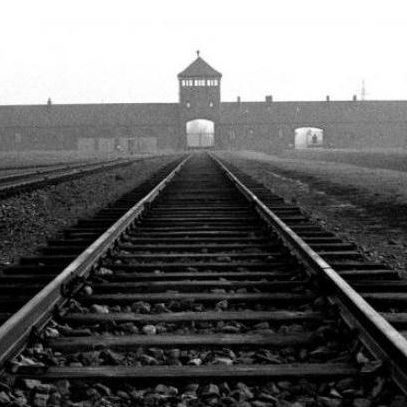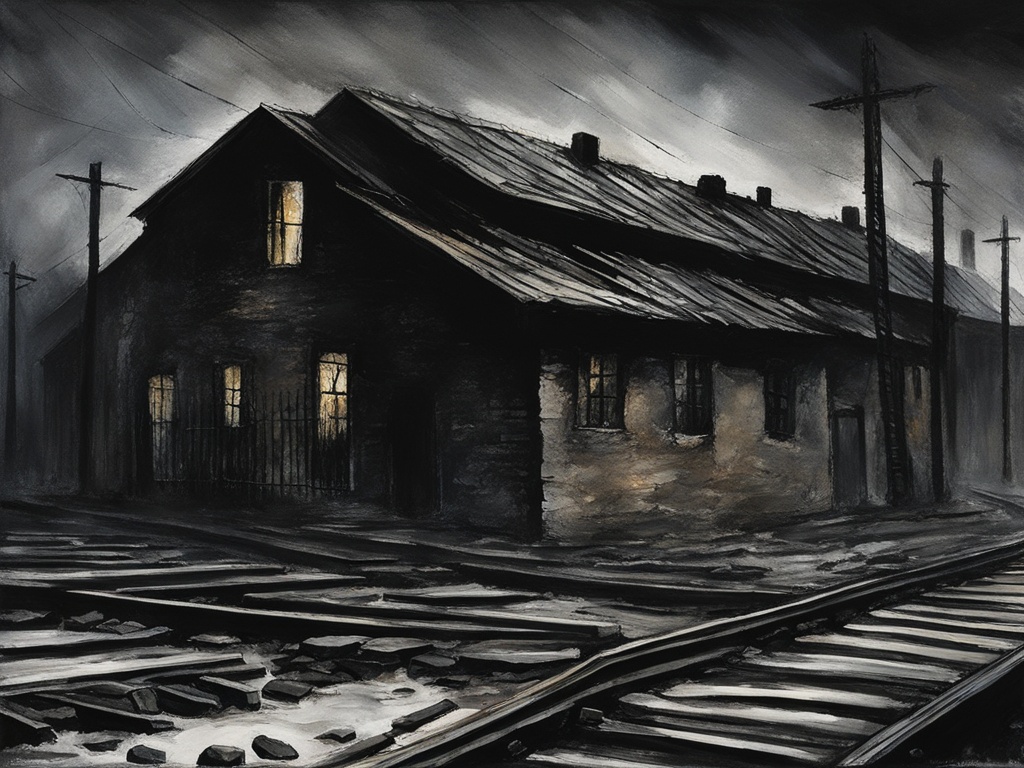A tale of millions silenced emerged as dusk fell over Europe. Over six million European Jews died in the Holocaust. Holocaust cinema depicts their struggles and strengths. Through Auschwitz narratives, these films are powerful reminders and reflections.
Each World War II film depicts human history. We see hope, strength, and survival. These movies take us back in time, putting us with the characters.
These films depict Jewish survival in difficult and moving ways. They demonstrate the harshness of camp life. They remind us of tough decisions and the value of life.
History and memory are important in the UK. This is why we’re watching these thought-provoking Auschwitz films. We learn and remember these events from each film.
The Enduring Legacy of the Holocaust Reflected in Cinema
Movies depict World War II’s darkest period, the Holocaust. We remember and reflect on these events through films. Through stories, they teach us about this sad history.
Movies can connect past events to today. They commemorate Holocaust victims. Films reveal the dangers of hate and how people survive.
Many media depict the Holocaust. From feature films to documentaries and online content. Each perspective helps us remember and learn history.
| Media Type | Examples | Features |
|---|---|---|
| Popular Film | Schindler’s List (1993) | Focus on non-Jewish figures, commercial distribution |
| Documentary/Educational Film | One Day in Auschwitz (2015), Forgiving Dr. Mengele (2005) | Produced by renowned networks like PBS and BBC |
| Web Media | Echoes and Reflections, Yad Vashem | Shorter-length, easily accessible content |
Films tell Holocaust stories and commemorate it. They can also be biased. NGOs like the US Holocaust Memorial Museum ensure accurate and respectful stories.
The Holocaust should be shown in movies. Its lessons endure. From feature films to online content, each helps us understand this dark time.
Documenting Survival Through Film
Holocaust films go beyond movies. They remind us of WWII’s horrors. They demonstrate Jewish and human strength. Filmmakers worldwide took care to make these films. They ensure every scene and line of dialogue tells survival and hardship stories.
These films share big, personal survival and hope stories. Some important Holocaust films and their storytelling:
| Film | Year | Focus |
|---|---|---|
| Life is Beautiful | 1997 | Combination of tragedy and humour to spotlight the human capacity to maintain hope and love in the face of overwhelming darkness. |
| Run Boy Run | – | The saga of survival of a young boy in the Polish countryside, underlining tenacity and resilience. |
| Schindler’s List | 1993 | Account of how Oskar Schindler managed to save many Jews from the death camps through the utilisation of his factory. |
| Shoah | 1985 | Documentary that provides narratives directly from witnesses, victims, and perpetrators, serving as a raw testament to the horrors witnessed. |
| Swimming in Auschwitz | – | Stories of six women in Auschwitz highlighting themes of companionship, hope, and survival against all odds. |
| The Pianist | 2002 | A portrayal centred around the survival of Władysław Szpilman, emphasizing human endurance through the creative expression of music during lethal times. |
These films tell stories of survival and show us the impact of the Holocaust. They help us understand and remember this dark time. They make sure we feel the lessons of the Holocaust around the world.
The Diaspora of the Jewish Tragedy in Visual Narratives
Jewish diaspora films go beyond history. They explore ethnic persecution and generational emotions. These films depict difficult WWII stories. They share their personal stories of hope and strength against all odds.
Holocaust films tell powerful stories of survival, loss, and hope. Films like “The Pianist” and “Schindler’s List” depict trauma and survival. They discuss Holocaust pain, both personal and collective.
These films use Marianne Hirsch’s “postmemory” to move from history to personal stories. Their impact is huge, touching both Holocaust survivors and viewers who feel connected to the stories.
| Film | Theme | Impact |
|---|---|---|
| “Walk on Water” | New Jewish Masculinity | Explores the redefinement of identity amidst past traumas |
| “The Pianist” | Survival and Resilience | Highlights an individual’s undying spirit amidst chaos |
| “Schindler’s List” | Unexpected Allyship | Illuminates the power of human decency in times of war |
World War II narratives help us remember. Movies depict the events and raise awareness of ethnic persecution. This kind of film teaches and moves us, preserving Holocaust lessons.
Finally, Jewish diaspora films preserve Holocaust memory. They remember more than the big tragedy. They also honor personal stories of pain, survival, and strength that illuminate this dark time.
Auschwitz Films: Unravelling Complex Themes and Emotions
Films with Auschwitz themes have deep emotional depth. Movies like “The Reader” and “Schindler’s List” reveal harsh truths about people and morality during a major evil. They explain the Holocaust through personal stories.
| Impact on Viewer | Understanding of History | Emotional Response |
|---|---|---|
| Increases empathy | Provides depth of context | Evokes strong feelings |
| Challenges modern perception | Encourages critical reflection | Raises questions about morality |
The films depict moral courage or survival. They make us consider what we can learn from history. They show how the Holocaust affects everyone, from perpetrators to bystanders.
Behind the Scenes: Filmmakers’ Approach to Recounting Histories
Telling the Holocaust on film is difficult. A mix of filmmaking techniques and a strong commitment to Holocaust accuracy are needed. Producers and directors must tread carefully. They use cinema to tell true stories that grab attention. Behind-the-scenes storytelling requires careful consideration of every choice, from setting to character portrayal.
Jonathan Glazer directs in a unique style. His art has taken 20 years of effort. He spent 10 years on “The Zone of Interest”. It was shot at Auschwitz Museum (with the staff’s permission, of course).
The film depicts commandant Höss’ life without showing the horrors. Glazer wants people to question. He shows a strange normality in a place of great evil using directorial perspectives.
Historical films aim to evoke emotion. Glazer evokes fright with sound and music. This highlights ordinary people who did terrible things. His style is like László Nemes’, who emphasizes character struggles over violence.
Another example is Claude Lanzmann’s “Shoah”. Interviews take place at tragedy sites. Different films can tell the Holocaust story. Others serve many, while others serve few.
Making a Holocaust film is difficult but important. Filmmakers preserve memories and tell stories. Their styles include documentaries and experiments. They want us to respect and remember the past.


